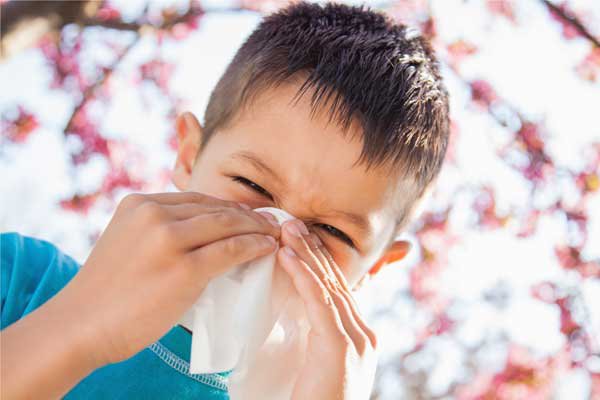While many people rejoice when the weather gets warmer, it’s not always a pleasant time for everyone. Those who suffer from seasonal allergies know to expect difficulties around this time of year, but the severity of allergy season can vary.

Spring allergies
Here are some of the conditions that can affect pollen counts, according to the experts at the American College of Allergy, Asthma and Immunology (ACAAI).
- Length of the growing season. Longer growing seasons might be a good thing for farmers and gardeners, but it can mean increased misery for allergy sufferers, as it increases the time pollen and mold are present as well.
- Erratic weather. A warmer-than-usual winter season, as experienced this year, makes trees pollinate earlier. If spring weather fluctuates greatly between warm and cold spells, it can result in more intense periods of pollen release during the warm spells, when plants take the cue to grow and release pollen.
- Rainfall. Rain can be either a good thing or a bad thing for allergy sufferers, depending on when it happens. The worst allergy seasons are often preceded by a wet spring, which promotes rapid plant growth later on. But rain can also provide a much-needed respite for those with allergies, as a heavy rainfall can help clear the air of pollen.
- Wind. Dry and windy weather is not kind to people with allergies, as the wind spreads pollen and mold.
- Pollen. Since so many factors contribute to high pollen counts, it’s all but impossible to predict how intense an allergy season will be. However, in addition to taking steps to limit your exposure to allergens that affect you, seeing an allergist before the season starts can also help ensure you find relief.
To learn more about allergy symptoms and treatment, or to find an allergist, visit www.allergyandasthmarelief.org
Views: 0




